When your furnace starts acting up, it’s natural to worry about the repair costs. Some issues are minor, while others can leave a significant dent in your wallet. In this blog, we’ll cover the most expensive part of fixing a furnace, common signs of trouble, and how to avoid costly repairs with simple, proven strategies.
High-Cost Furnace Repairs & What to Watch For
1. Heat Exchanger
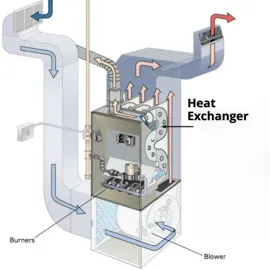
The heat exchanger is the heart of your furnace. It’s where the cold air becomes warm air. Your furnace burns fuel (gas or propane), and the heat exchanger transfers that heat outside to the air, without mixing combustion gases with the air that you breathe. If the heat exchanger becomes cracked, it can leak carbon monoxide, posing a major health and safety risk. Cracked heat exchangers are rarely repairable. When one fails, usually many homeowners have to make the tough decision to replace the entire unit.
Repair Cost: $1,500 – $3,000
Warning Signs:
- Visible cracks or corrosion
- Chemical or burning odors from vents
- Water pooling around the unit
- Short cycling (furnace turns on/off rapidly)
- Soot buildup or yellow flames instead of blue
- Headaches or nausea (carbon monoxide exposure, install a CO detector!)
2. Blower Motor
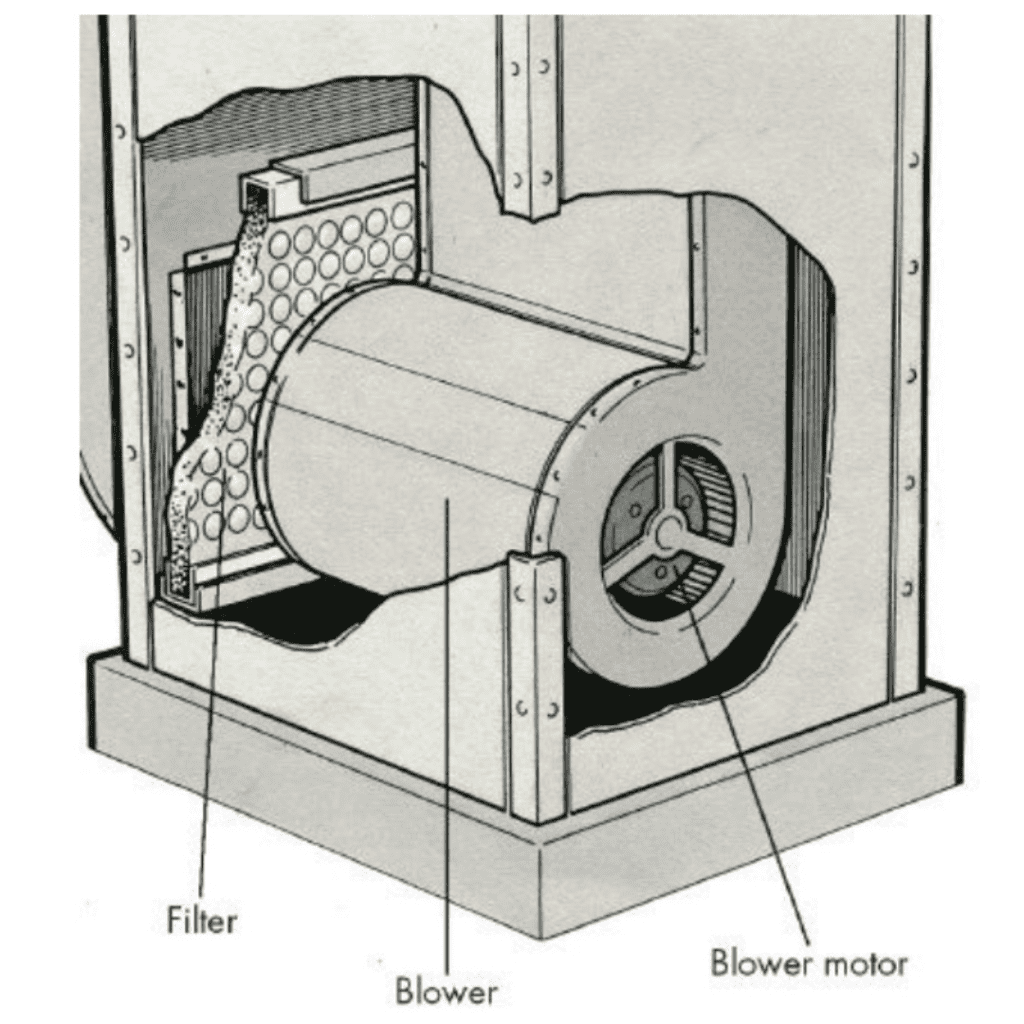
The blower motor powers the fan that pushes warm air through your duct system and into each room. If it fails, your furnace will still produce heat, but it won’t be able to move it throughout the house. This causes poor airflow, cold rooms, and overheating inside the unit itself. Some systems use variable-speed motors, which adjust output for efficiency and comfort.
Repair Cost: $400 – $1,500
Warning Signs:
- Weak airflow from vents
- Furnace turns on, but home stays cold
- Loud humming, screeching, or rattling noises
- Burning smell (motor overheating)
- Higher-than-normal energy bills
👉 Shop Blower Motors on Amazon
3. Circuit Control Board
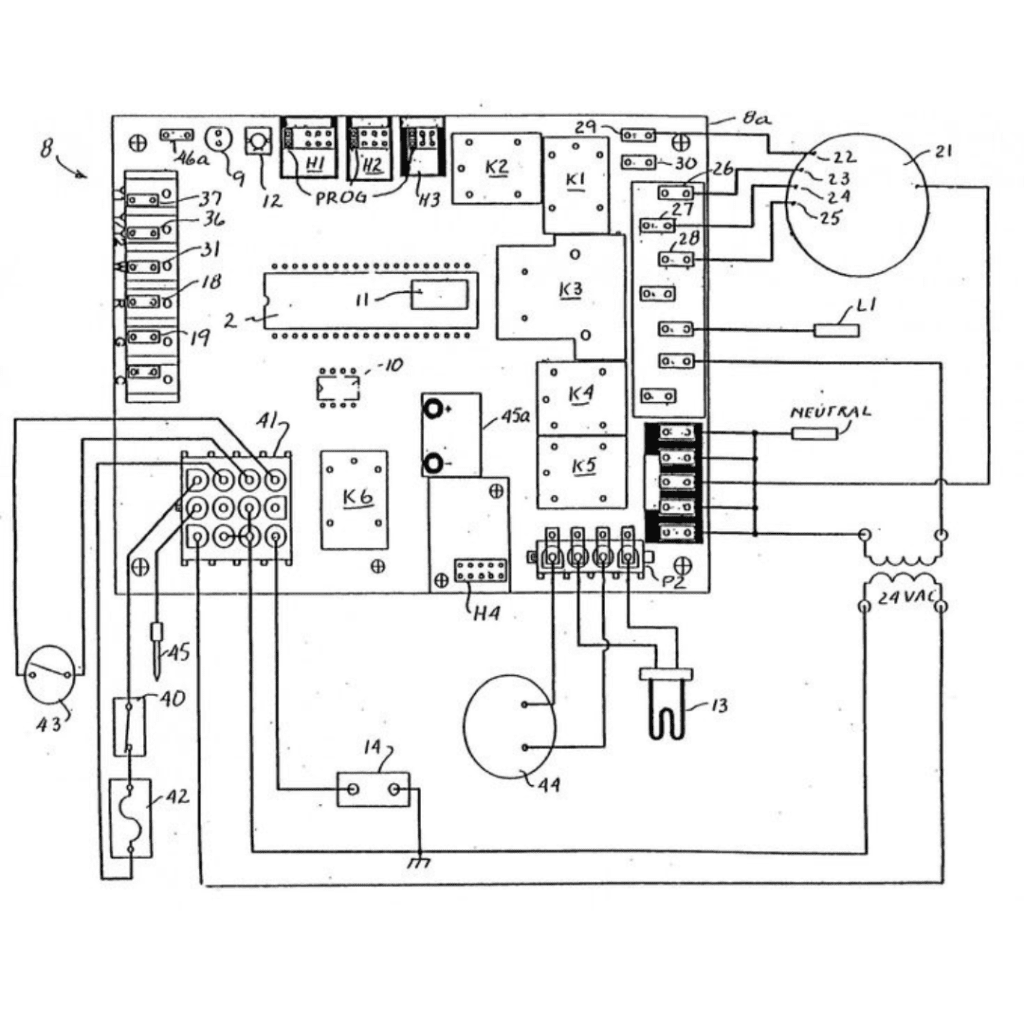
The circuit control board is essentially the central processing unit (CPU) of your furnace. It coordinates every function of the system, it acts as a command center that tells the furnace what to do based on input from sensors, safety switches, and the thermostat. Many modern control boards also feature diagnostic LED lights that flash error codes to help technicians pinpoint issues quickly.
Repair Cost: $300–$1,200
Warning Signs:
- Furnace won’t turn on or randomly shuts off
- Blower runs non-stop
- Flashing LED error codes
- Ignition or burner issues
- Frequent breaker trips
👉 Find Furnace Circuit Boards Here
4. Draft Inducer Motor
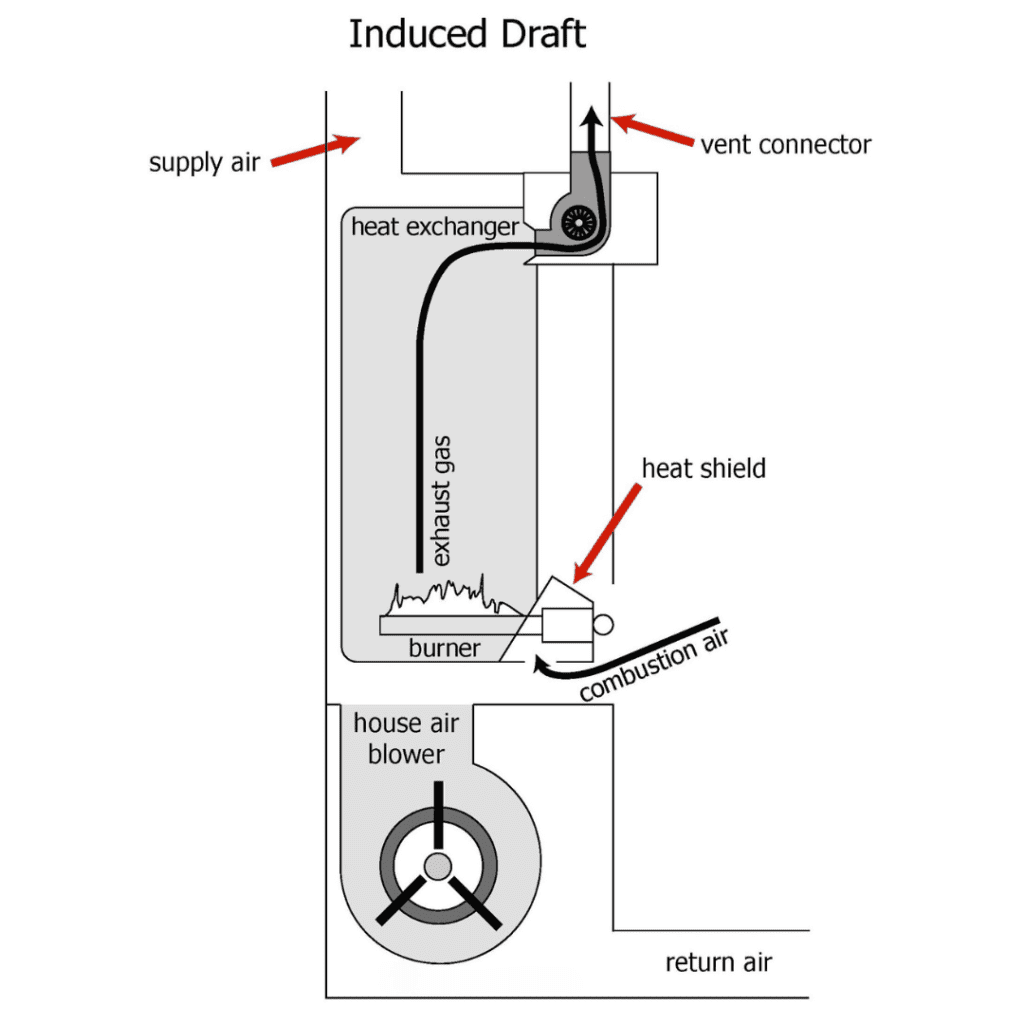
The Draft inducer Motor kicks on before ignition to pull the combustion gases out of the furnace and bring in the fresh air. It ensures that any leftover gas is safely vented out and helps the ignition process start safely.
Repair Cost: $500–$1,500
Warning Signs:
- Rattling or whirring sounds at start-up
- Furnace won’t ignite or shuts down before heating
- Gas smell near the furnace
- Frequent ignition lockouts
5. Gas Valve
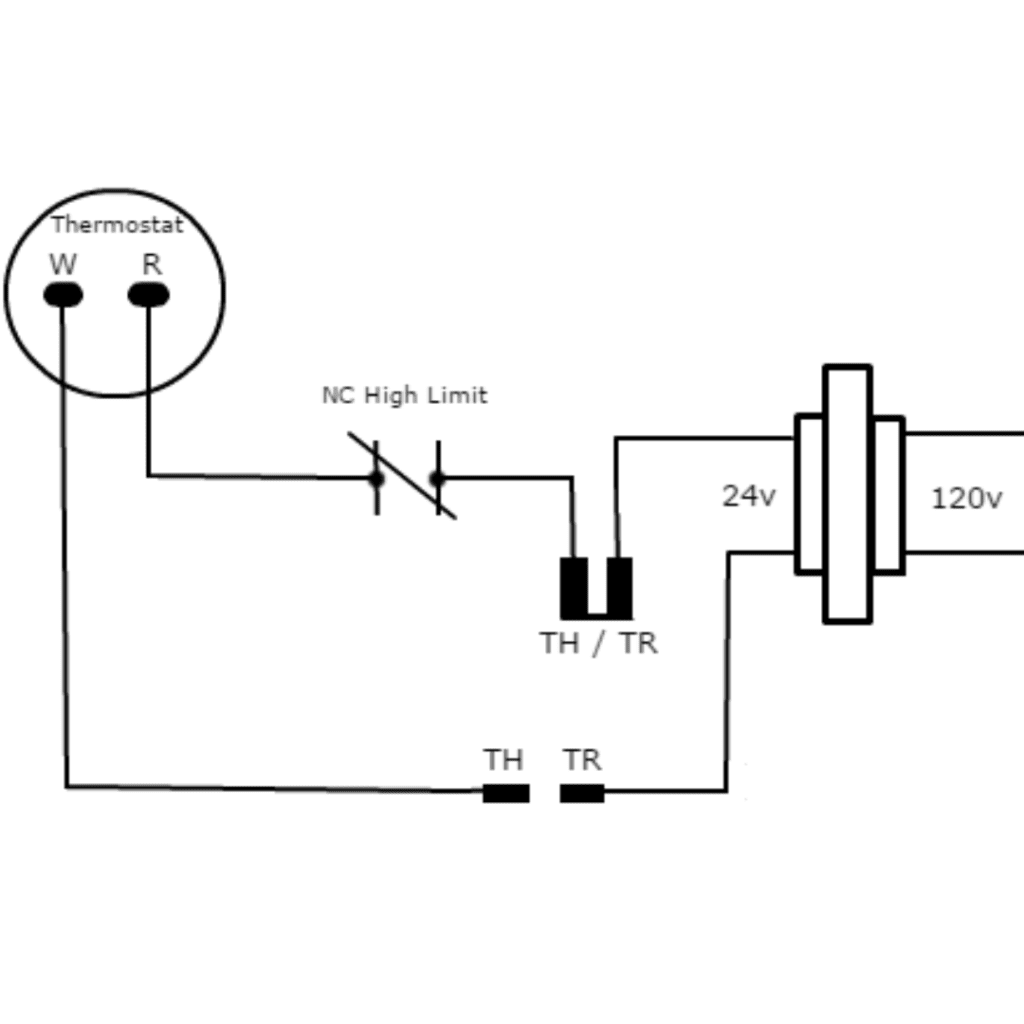
The gas valve is a very important safety and control component that opens and closes to regulate the flow of natural gas or propane to your furnace burners. It works in tandem with the ignition system and control board, ensuring that fuel is only delivered when ignition is confirmed and conditions are safe. When it’s functioning properly, the valve helps maintain consistent burner operation for efficient heat output.
Repair Cost: $350–$700
Warning Signs:
- Furnace clicking but not igniting
- Strong gas odor (turn off system and call a professional)
- Burners light inconsistently or not at all
- Yellow flames instead of blue
6. Flame Sensor
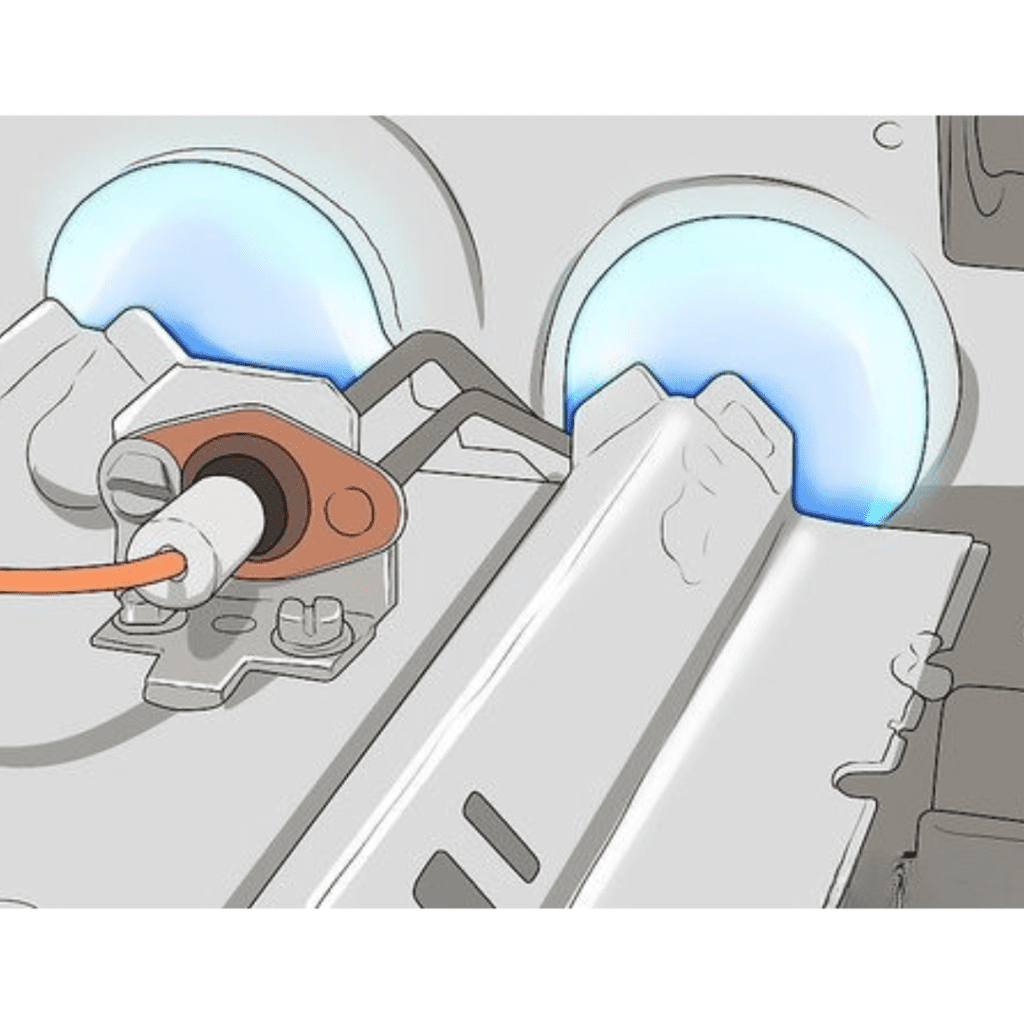
This sensor verifies the flame is lit after ignition. If no flame is detected, it shuts off the gas valve to prevent unburned gas from leaking. Over time, flame sensors can get dirty or corroded and stop working properly, even if the flame is fine.
Repair Cost: $75–$250
Warning Signs:
- Furnace lights but quickly shuts off
- Constant short cycling
- Frequent resets needed
- Burners ignite, then go dark
7. Ignitor (Hot Surface or Spark)
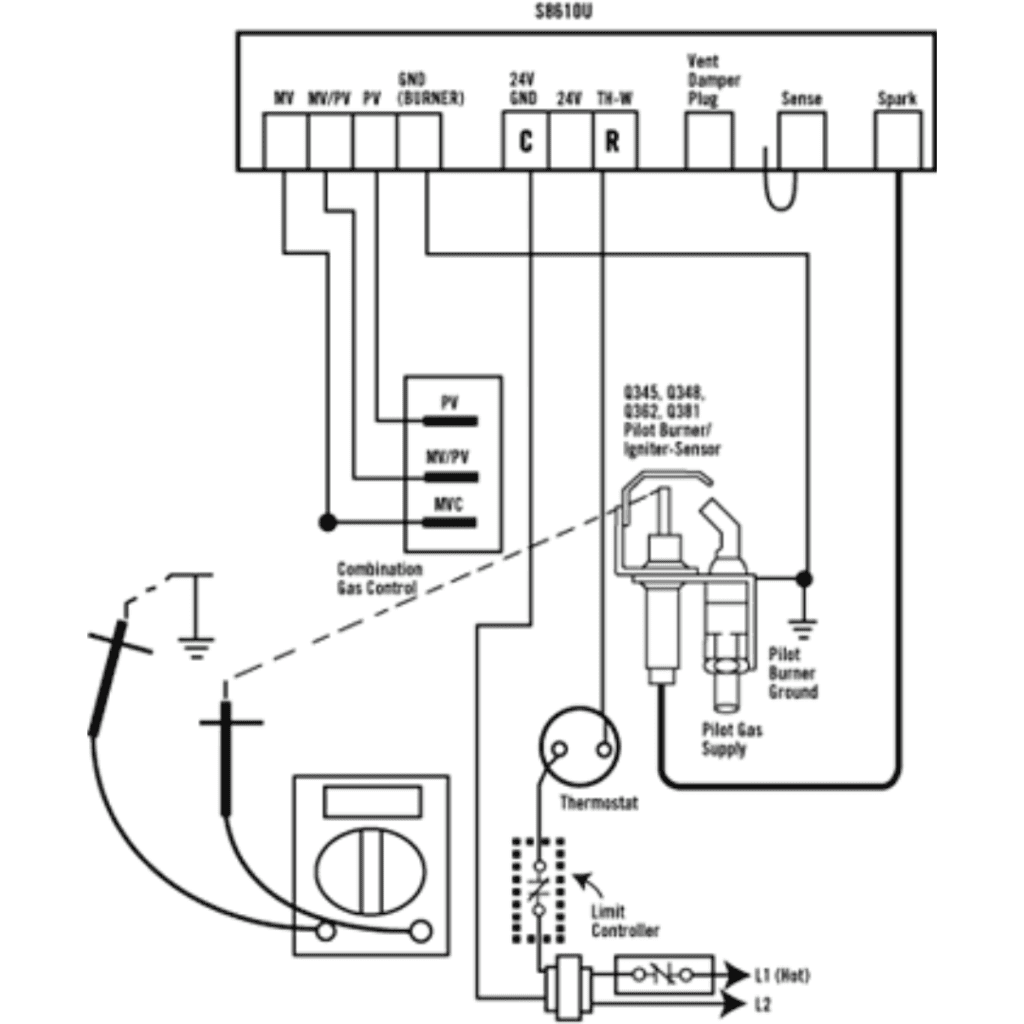
Modern furnaces use a hot surface ignitor (HSI) to light the gas. It glows red hot to ignite fuel during startup. Older units may use spark ignitors. If you have a worn or cracked ignitor it will prevent the furnace from firing.
Repair Cost: $150–$300
Warning Signs:
- No heat even when the blower runs
- Clicking sounds (spark ignitor failure)
- Delayed ignition
- Visual cracks on the ignitor
8. High Limit Switch
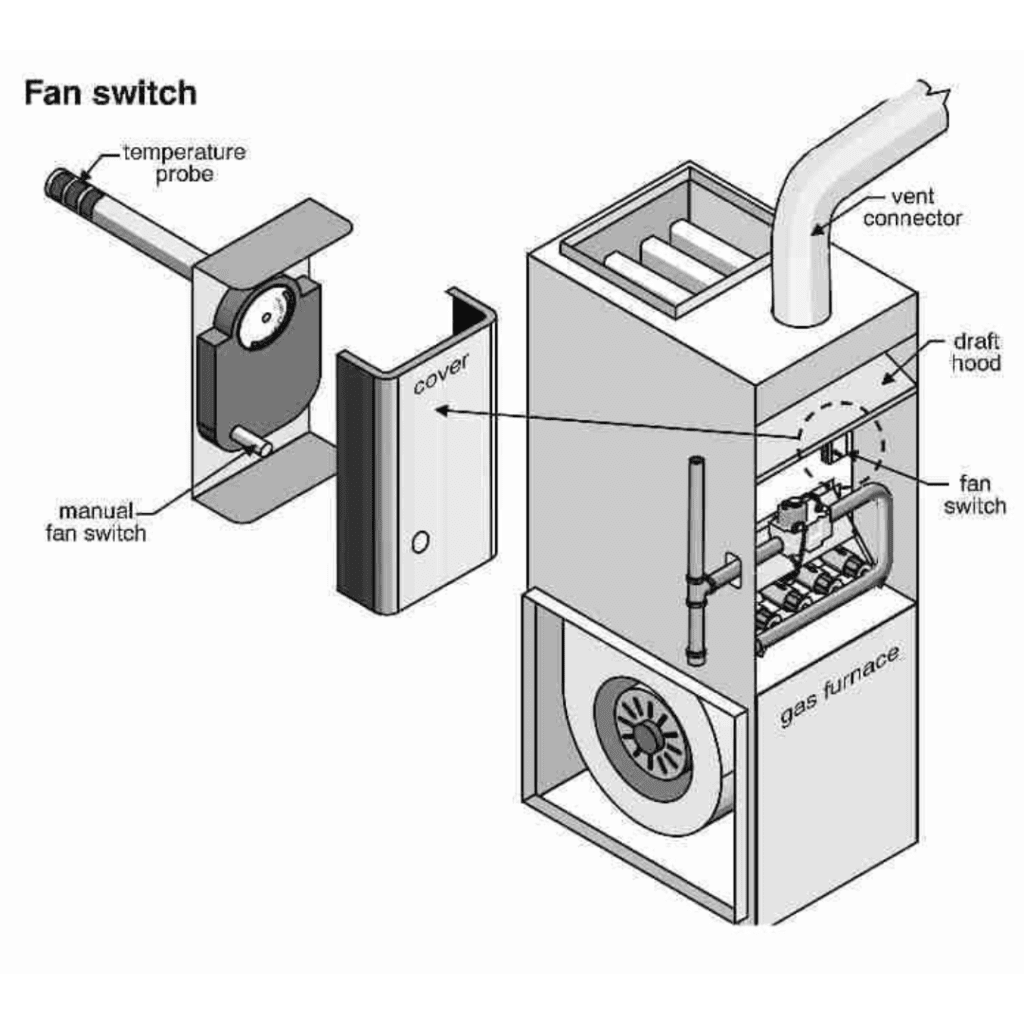
The limit switch measures internal furnace temperature and shuts the burners down if the unit is overheating. It also controls the blower. A stuck switch may keep the blower on constantly or shut the system down prematurely.
Repair Cost: $125–$275
Warning Signs:
- Blower runs continuously
- Furnace overheats and shuts off early
- No heat, but unit is still running
- Repeated cycling with no warm air
How to Prevent Expensive Furnace Repairs
Up to 95% of breakdowns are preventable with proper maintenance, according to the U.S. Department of Energy. Here’s what you can do to protect your system and your wallet:
- Replace filters every 1–3 months
👉 Grab High-Quality Furnace Filters - Schedule annual HVAC tune-ups
(Your technician will inspect, clean, and test all key parts)
👉 Schedule with us - Install a smart thermostat
👉 Nest Learning Thermostat - Vacuum around your furnace regularly
- Keep supply/return vents clear and unblocked
- Test your carbon monoxide detectors monthly
When to Replace Your Furnace
Furnaces will usually last 15–20 years. If yours is nearing the end of its life and you’re facing multiple expensive repairs in a short amount of time, its probably more worth it to upgrade to a new high-efficiency model that could save money in the long run. For example it will Lower your energy bills, Improve your indoor quality, and will have more safety features.
Tools for DIY Furnace Maintenance
Keep your system in top shape with these affordable tools:
- HVAC Filter Cleaning Brush 👉 Buy on Amazon
- Digital Multimeter 👉 Buy on Amazon
- Thermostat Wire Kit 👉 Buy on Amazon
Save with a Maintenance Plan
Want to skip the stress of surprise furnace repairs? Some HVAC companies offer VIP Maintenance Plans that can include Seasonal Tune-Ups, getting priority service and better discounts.
Final Thoughts
Furnace repairs can range from minor fixes to major expenses, especially when it comes to components like the heat exchanger, blower motor, or control board. Understanding what these parts do and recognizing the warning signs of failure is great so you can act early, which could save you thousands in the long run. Many costly issues start small, often with something as simple as a clogged filter or a missed tune-up.
The best way to protect your furnace and your wallet is with regular maintenance and a proactive approach. Annual inspections, clean filters, and early attention to strange noises or performance changes can keep your system running efficiently and safely.

